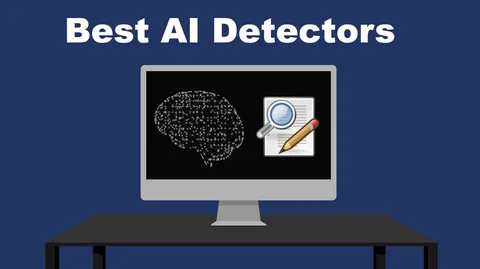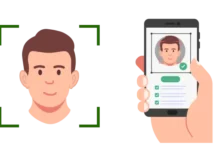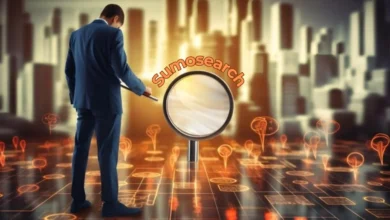The Rise of the AI Detector: Guarding the Digital Frontier

Introduction: The Digital Shift and AI’s Growing Influence
Primary technology in the world today sustains itself as a powerful force and flourishing advancement, progressively being complimented with branches as smart assistants and automatic content makers. Artificial intelligence (AI) as a technology has developed from the world of science fiction.
However, with advancements made comes the necessity of an ai detector as content produced by humans and AI is virtually indistinguishable.
What is an AI Detector?
An AI detector serves the function of pinpointishing whether a specific image or piece of text has been operationalized by an AI model. These tools scrutinize underlying intricacies including metadata and clues surrounding the content, its linguistic patterns, and the syntax structures to ascertain its truth. The AI and ChatGPT systems Midjourney are easily accessible and used across the world, with AI tools being of utmost importance to ensure transparency and credibility.
Why Do We Need AI Detectors?
An instantly generated essay or an AI generated deepfake in today’s world has the potential to taint the trust we hold while digitally consuming. The necessity of an AI detector arises in the following situation:
Academic Integrity: AI detectors are used in schools and universities to assist in finding AI generated essays, thereby helping sustain an original thinking and critical analyzing economy.
Journalistic Transparency: Several newsrooms have started using these tools to check the sources and verify the content.
Content Verification: The online platforms rely on artificial intelligence to detect and alert about altered or misleading content.
Cybersecurity: Several artificial intelligence detectors aid in the detection of bot-sent phishing scams and fake reviews.
How Do AI Detectors Work?
Most AI detectors focus on four particular areas: perplexity and burstiness, stylistic markers, and metadata analysis.
Perplexity & Burstiness: AI content is more rigid while human writing tends to be more fluid.
Language Modeling: Checks the possibility of the data being generated by an AI based on the existing datasets.
The more popular AI detectors have incorporated the use of machine learning to improve their tools over time.
The Ethical Side of AI Detection
No tools these days come without their issues, for AI detectors, notable questions appear like: is it ethical to punish learners for using ai detector to brainstorm? Do content creators have an ethical obligation to reveal AI assistance?
There is a need for these tools to achieve a fair balance that is capable of promoting creativity while maintaining integrity.
The Limitations of the Current AI Detectors
The growing sophistication of AI detectors is as of yet, not perfect. Some of the challenges include,
False Positives: Human content with no ai assistance is sometimes wrongly flagged.
Evasion Tactics: Random AI is increasingly better able to disguise detection.
Multilingual Accuracy: Most AI detectors perform poorly with content written in any language apart from english.
Developments are needed to address growing concerns about reliability and fairness.
The Best AI Detectors Available Today
To further explore AI detectors, one may use any of the following popular tools mentioned below.
GPTZero -> Most popular in academia.
Originality.ai -> Used by content marketers and publishers.
Copyleaks AI Content Detector -> Best known for supporting multiple languages.
Turnitin’s AI Detection -> Famous and widely used by schools.
Whichever you choose, use the one that fits your needs since each has different benefits.
The Future of AI Detectors: Smarter tools for a Smarter World
As AI becomes smarter, so too should AI detectors. Future tools may use blockchain for better tracking, neural nets for better deep understanding of context, and even AI to catch AI — a loop that is contradictory but vital.
Social networks, email systems and internet browsers might have a single detection system, so the ability to detect AI inputs becomes a norm, just like spell check.
Final Thoughts: The 21st Century’s Ever Watchful Eyes
Detection of AI is rapidly garnering public interest. In this digital world, AI detectors function like silent guardians of truth. They ensure that we have embraced AI innovations, while equally safeguarding genuine creations of human expression. Students, teachers, writers, or readers, as digital bystanders, everyone must have a nuanced understanding of operating these instruments.
Visit More Articles: Click Here








